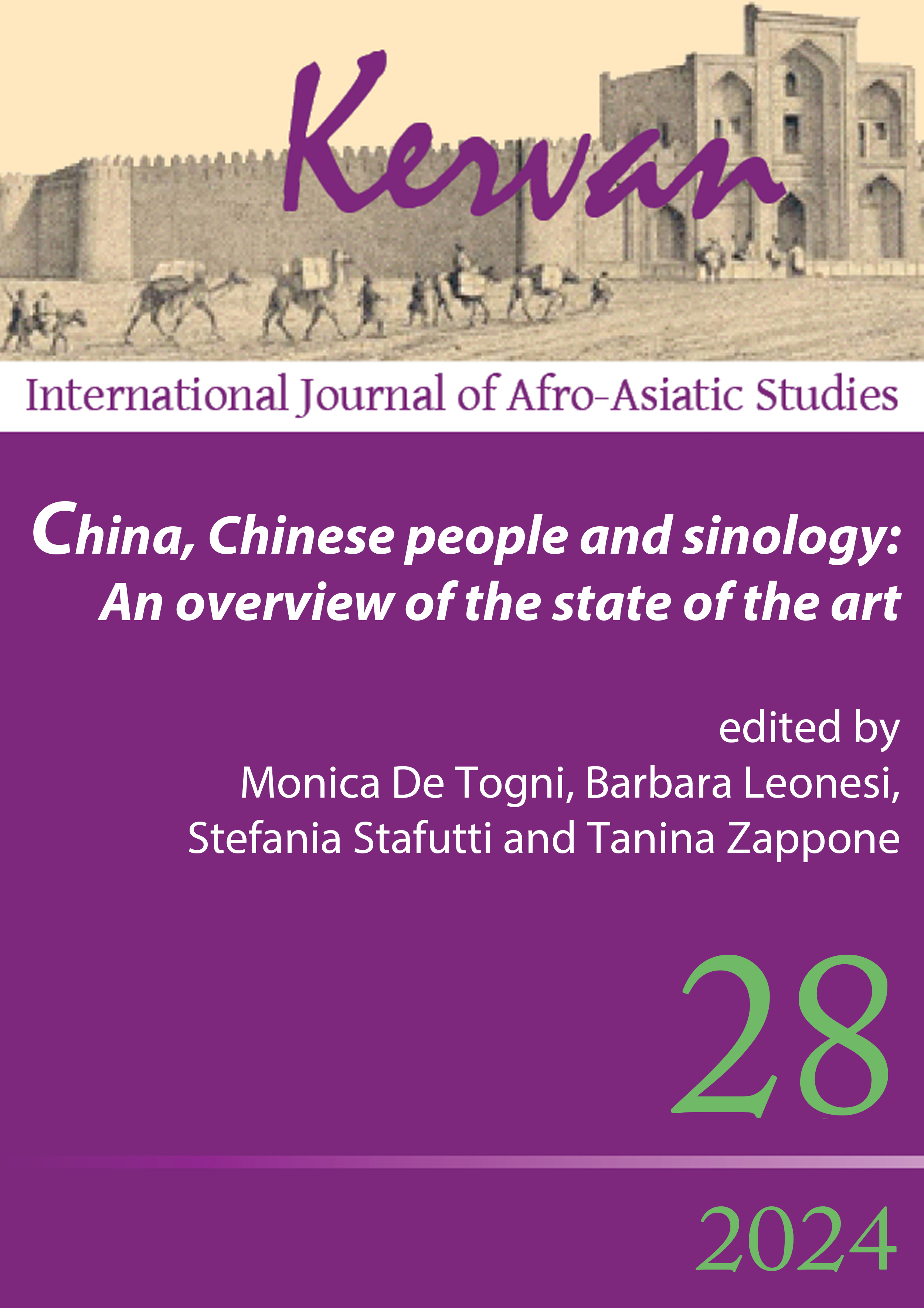Body, cross-dressing, identity: Mulan "in his shoes” in Xu Wei’s play
DOI:
https://doi.org/10.13135/1825-263X/11609Abstract
“Four Cries of a Gibbon” (Si sheng yuan) by Xu Wei (1521-1593) presents four plays with varying outcomes that are nevertheless united by the common thread of fluctuating identity. In the last two works, the playwright focuses on the ideas of gender and cross-dressing. In fact, the stories of two heroines are told who, denying their bodies and concealing their identities, don men’s clothing in order to take on more masculine features and thus attempt to participate in activities normally considered purely within the realm of men: wu (martial arts) and wen (literature and the arts). Focusing on wu, this paper examines the work entitled “The Female Mulan Joins the Army in Place of Her Father” (Ci Mulan tifu congjun), inspired by the famous 6th-century poem Mulan shi. Xu Wei builds a narrative plot on Mulan’s transition from woman to man through a series of scenes highlighting her undressing, her unclad body, and the idea of disguising it with a new identity. The denouement is, however, exactly the opposite process, a reacquisition of her feminine looks and role in the family and society. This paper pays particular attention to the unbinding and rebinding of her feet and the preservation of virginity. These elements are crucial to the heroine’s “Confucian” (xiao and jie) character. “In his shoes,” Mulan demonstrates her talent and skills. Her story shows that it is the clothes that make the difference, not the body wearing them. Hinged on the contrast between being and appearing, between what is seen and what is not, this paper reflects on the presentation of the body on stage and the relative audience reaction.
Downloads
Downloads
Published
Issue
Section
License
Gli autori che pubblicano su Kervan accettano le seguenti condizioni:
- Gli autori mantengono i diritti sulla loro opera e cedono alla rivista il diritto di prima pubblicazione dell'opera, contemporaneamente licenziata sotto una Licenza Creative Commons - Attribuzione che permette ad altri di condividere l'opera indicando la paternità intellettuale e la prima pubblicazione su questa rivista.
- Gli autori possono aderire ad altri accordi di licenza non esclusiva per la distribuzione della versione dell'opera pubblicata (es. depositarla in un archivio istituzionale o pubblicarla in una monografia), a patto di indicare che la prima pubblicazione è avvenuta su questa rivista.


 The articles that have appeared on Kervan since 2016 are rated as Class A in the system of National Scientific Qualification (ASN, disciplines 10/N1 and 10/N3).
The articles that have appeared on Kervan since 2016 are rated as Class A in the system of National Scientific Qualification (ASN, disciplines 10/N1 and 10/N3). The journal has been approved for inclusion in DOAJ. The DOAJ listing of the journal is available at
The journal has been approved for inclusion in DOAJ. The DOAJ listing of the journal is available at  The journal has been approved for inclusion in ERIH PLUS. The ERIH PLUS listing of the journal is available at
The journal has been approved for inclusion in ERIH PLUS. The ERIH PLUS listing of the journal is available at  Kervan was just accepted for indexing in SCOPUS. This important milestone ensures that articles published in Kervan are easily found when searching for library, archives and Information science and it enables Kervan authors to keep track of how often their article has been cited by others.
Kervan was just accepted for indexing in SCOPUS. This important milestone ensures that articles published in Kervan are easily found when searching for library, archives and Information science and it enables Kervan authors to keep track of how often their article has been cited by others.

